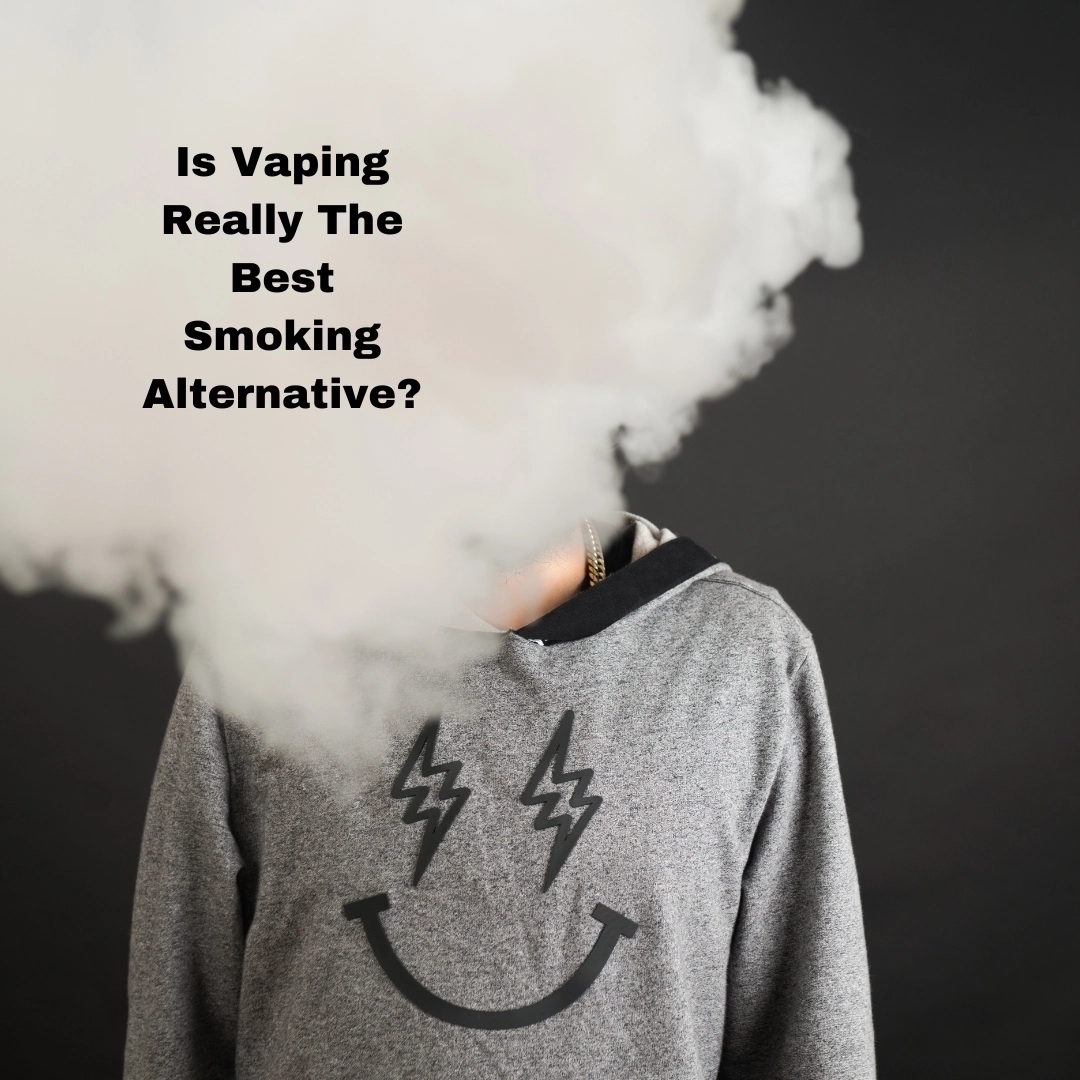Free Shipping on orders R1000 or more!
- Midrand, 21 Kyalami Boulevard, Kyalami Business Park
- 011 466 0201
- Mon-Sun 9.00 - 16.00
- View on map
011 466 0201 (Head Office) Monday - Friday: 9AM - 4PM
Email [email protected]
Address
Is Vaping Really the Best Smoking Alternative?

E-cigarettes don’t produce tar, because they don’t burn (or even contain) tobacco or other plant material. There are known carcinogens in vapor, but they’re in tiny concentrations that are unlikely to pose any risk to vapers. Most studies that have raised alarms about cancer risk from vaping have used poor methods, including using smoking machines to take too-frequent or too-long drags, or vaping at unrealistic high temperatures on dry wicks. Those things wouldn’t happen to actual vapers, because the result — known as dry hits or dry puffs — is unbearable to breathe.
“In normal conditions of use, toxin levels in inhaled e-cigarette vapour are probably well below prescribed threshold limit values for occupational exposure, in which case significant long-term harm is unlikely,” says the RCP report. “Some harm from sustained exposure to low levels of toxins over many years may yet emerge, but the magnitude of these risks relative to those of sustained tobacco smoking is likely to be small.”
A recent study at the University of St. Andrews in Scotland found that the cancer danger of vaping is almost as low as for nicotine replacement therapies like patches and gum — less than one percent. “This study should put to rest any doubt within the tobacco control movement about whether vaping greatly reduces health risk compared to smoking,” wrote Boston University’s Dr. Michael Siegel.
Hi there —
Thank you for this thoughtful and well-written article. It strikes an important balance: acknowledging that switching from smoking to vaping can offer significant harm-reduction benefits, while also being transparent about the uncertainties and responsibilities involved.
At Vapeaah, our focus is on UK adult smokers aged 18+ who are looking for a safer alternative to combustible tobacco. We appreciate how you point out that vaping does not burn tobacco and therefore avoids many of the most harmful by-products of smoking, yet also emphasise that vaping is not free from risk — especially when devices are mis-used or regulation is weak.
A few additional thoughts from the UK perspective:
Choosing regulated, refillable devices and compliant e-liquids remains one of the safest routes available.
Vaping should ideally be part of a plan to reduce nicotine dependence over time — not simply becoming a permanent nicotine habit.
Non-smokers should be especially cautious: in a case where someone has never smoked, the “switch” benefit isn’t present, so the risk/benefit calculus changes significantly.
Your article does a great job reminding readers that while many of the worst harms of smoking are mitigated once someone switches to vaping, the long-term clinical data (e.g., decades out) is still being accrued. That kind of transparency helps users make informed decisions rather than falling for hype.
Thanks again for sharing this balanced coverage — the more open, evidence-based discussion we have, the better the vaping world will serve adult smokers seeking a positive change.
Wishing you all the best —
The Vapeaah Team
We’re a UK specialist retailer committed to compliant products, adult smokers only (18+). This comment is informational and not medical advice.
- Store Locator
- Vape Shop Near Me
- Vape King Head Office (JHB)
- Vape King Amanzimtoti (KZN)
- Vape King Atterbury (PTA)
- Vape King Ballito (KZN)
- Vape King Bel Air (JHB)
- Vape King Benoni (JHB)
- Vape King Boksburg (JHB)
- Vape King Bracken City (JHB)
- Vape King Centurion Megastore (PTA)
- Vape King Craighall Megastore (JHB)
- Vape King Dainfern (JHB)
- Vape King Elarduspark (PTA)
- Vape King Fourways Megastore (JHB)
- Vape King Greenstone (JHB)
- Vape King Honeydew (JHB)
- Vape King Illovo (JHB)
- Vape King Kempton Park (JHB)
- Vape King Kyalami (JHB)
- Vape King Montana (PTA)
- Vape King Northcliff (JHB)
- Vape King Queenswood (PTA)
- Vape King Randpark Ridge (JHB)
- Vape King Randhart (JHB)
- Vape King South Coast (KZN)
- Vape King Umhlanga (KZN)
- 21 Kyalami Boulevard, Kyalami Business Park, Midrand
- 011 466 0201
- Mon - Fri: 9.00 - 16.00
- View on map


© 2013 - 2025 Vape King. www.vapeking.co.za
